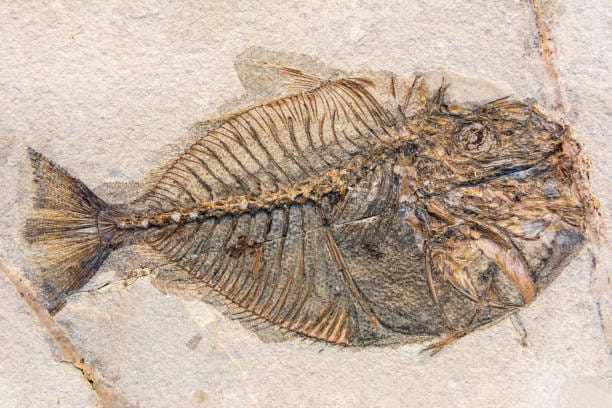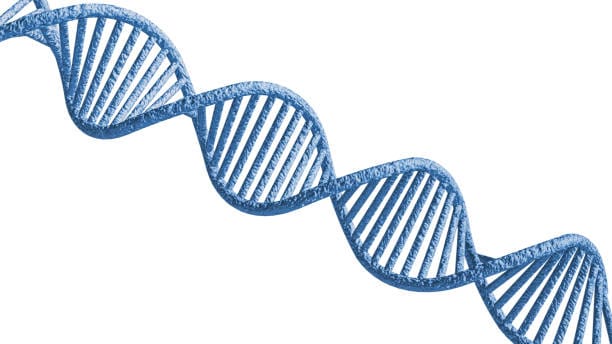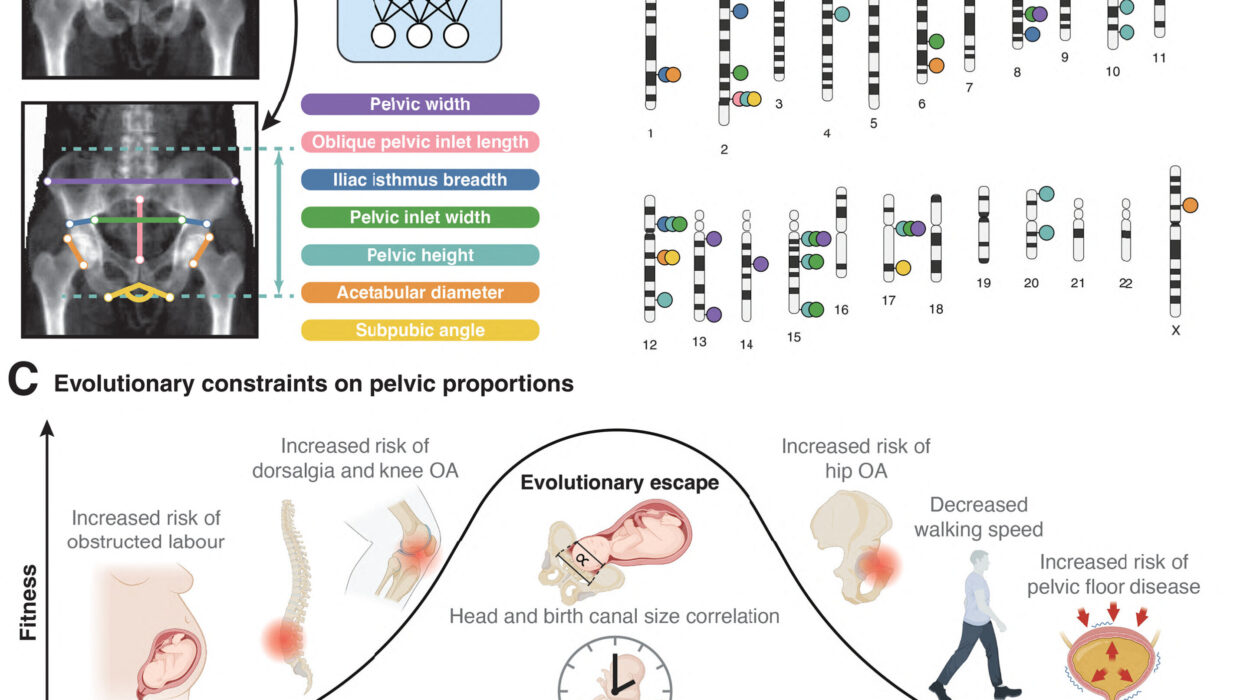Long before mammals roamed the Earth, before forests towered across continents or even flowers unfolded their petals to sunlight, there were fish. They swam in oceans when the continents were still drifting toward their modern forms. Their bodies shimmered under prehistoric suns and moonlight, weaving through coral reefs that no longer exist. Now, their remains lie fossilized—immobile, encased in stone, waiting for human hands and minds to revive their stories.
Fossilized fish are not merely relics of the past. They are time capsules—bearing witness to nearly half a billion years of evolutionary history. Through them, paleontologists can peer into ancient ecosystems, trace the origins of vertebrates, and uncover clues about mass extinctions, continental shifts, and climate change.
But these stone-etched skeletons are more than scientific artifacts. They are emblems of deep time, symbolic of life’s ability to endure, adapt, and transform. Their significance stretches across biology, geology, and human understanding, forming a bridge between the ancient and the now.
The Origins Beneath the Water
To understand the significance of fossilized fish, one must first return to the beginning—or as close as we can get. The oldest fossil fish date back over 500 million years to the Cambrian and Ordovician periods. These early creatures were vastly different from the bony fish we know today. Some had armored plates, others lacked jaws entirely, yet all belonged to the vast and diverse group of vertebrates—animals with backbones.
These early fish were among the first vertebrates on Earth, making their fossils crucial for understanding the origins of complex life. They tell us how the evolutionary leap from invertebrates to vertebrates occurred, how simple nerve cords evolved into spinal columns, and how rudimentary gill structures eventually laid the groundwork for lungs.
Fossilized fish also mark important evolutionary milestones: the appearance of jaws (in placoderms), the development of paired fins (the precursors to limbs), and eventually the rise of lobe-finned fish—those strange creatures whose fin bones resemble the arms and legs of tetrapods. Among these was Tiktaalik, the famous “fishapod,” whose fossil shows transitional features between fish and land animals. Without fossilized fish, this critical chapter of evolution would remain obscured.
Eyes into Ancient Ecosystems
Fossilized fish offer more than anatomical insight. They reveal entire ecosystems, often preserved in exquisite detail. In places like the Green River Formation in Wyoming or the Santana Formation in Brazil, paleontologists have uncovered complete fish fossils, scales and all, sometimes with stomach contents intact. These specimens serve as ecological time machines, capturing ancient food chains, symbiotic relationships, and predator-prey dynamics.
One fish fossil might contain the partially digested remains of a smaller fish, which in turn had ingested algae or invertebrates. From such finds, scientists reconstruct what ecosystems looked like, how they functioned, and what biodiversity existed long before humans walked the Earth.
Through isotopic analysis of fish bones and scales, researchers can even estimate water temperatures, salinity levels, and oxygen content. These geochemical clues help scientists understand how oceans and lakes have changed over geologic time, providing context for present-day concerns like global warming and ocean acidification.
In this way, fossilized fish do not just look backward—they also cast light forward, helping to predict what might happen if Earth’s climate continues to shift.
Tragedy in Stone: Mass Extinctions Through Fish Fossils
Not all fish fossils are peaceful snapshots of ancient life. Some are grim tableaux of mass death, preserved in layers of rock laid down during catastrophic events. In these fossils, the story is one of destruction—global die-offs caused by volcanic eruptions, meteorite impacts, or sudden climate shifts.
At the end of the Devonian Period, around 359 million years ago, fish diversity plummeted during one of Earth’s lesser-known mass extinctions. Fossils from this time show a dramatic loss of jawless fish and a rise in armored and bony fish. In the late Permian extinction—the most severe in Earth’s history—an estimated 96% of marine species were wiped out. Among them were countless fish, their remains entombed in sediment as the oceans grew stagnant and acidic.
Perhaps the most famous example comes from the Cretaceous-Paleogene (K-Pg) boundary, 66 million years ago—the same event that ended the reign of the dinosaurs. In fossil-rich sites like Tanis, North Dakota, scientists have found fish killed by the very first moments of the Chicxulub asteroid impact. Some appear to have died instantly, buried in mud stirred up by seismic waves and tsunami-like surges. These fossils preserve tiny spheres of glass—tektites—in their gills, indicating they were breathing when the world changed forever.
Such fossils are haunting. They are death masks of extinction, yet they are also keys to survival. By studying which fish endured and which perished, we gain insight into the resilience of life and the factors that determine evolutionary fate.
From Scales to Skeletons: Preservation and Paleontology
Not all fossilized fish are created equal. The quality of preservation depends on the environment of burial, the composition of the fish, and the chemistry of the surrounding sediments. Most fish decay rapidly after death—scavenged, decomposed, or disintegrated by bacteria. For fossilization to occur, they must be buried quickly, often in anoxic (oxygen-poor) waters where decay slows dramatically.
The most remarkable fossil fish often come from Lagerstätten—exceptional fossil sites where entire ecosystems are preserved with stunning fidelity. In such places, fish fossils are not just bones but complete outlines, showing fins, skin patterns, and even internal organs. The Solnhofen Limestone in Germany, famous for Archaeopteryx, also yields fish fossils with unmatched detail. So does the Liaoning Province in China, where fine-grained volcanic ash preserved entire fish communities during the Early Cretaceous.
Preservation tells its own story. Soft-tissue fossils allow scientists to study pigmentation, muscle structure, and even reproductive systems. In some fossils, fossilized ovaries have revealed the presence of developing embryos, suggesting that live birth may have evolved earlier than once thought.
Each fossil is a message sent through time—a biological telegram written in stone, opened and read with the tools of modern science.
A Mirror to Our Own Evolution
Fossilized fish are not just scientific curiosities; they are ancestors. Every vertebrate alive today—including humans—descends from ancient fish. Our backbones, our muscles, our skulls—all trace their origins to underwater creatures that swam in Cambrian seas. Even our fingers and toes bear echoes of fish fins.
The transition from water to land was one of the most dramatic moments in evolutionary history, and fossilized fish offer a record of that transformation. With each new discovery—each fin that looks more like a limb, each jaw that grows more complex—we come closer to understanding our own story.
Some fish fossils blur the line between categories. Coelacanths, once thought extinct since the Cretaceous, were rediscovered alive in the 20th century, their fossil record stretching back 400 million years. They are living fossils, reminders that evolution is not always linear or predictable.
Others, like Acanthostega and Ichthyostega, sit on the boundary between fish and amphibians. Their fossils show limbs with fingers and toes, yet they retained fish-like tails and gill structures. They are the transitional forms Darwin predicted, and their discovery has silenced many critics who once claimed the fossil record was incomplete.
Through these fossils, we do not just study evolution—we experience it. We witness the slow march of adaptation, the brave experiments of nature, and the incredible resilience of life.
A Record of Change, A Warning for the Present
In a time when biodiversity is under threat and ecosystems are collapsing, fossilized fish serve as both archive and admonition. They show us how life has survived ice ages, extinctions, and upheaval—but also how fragile ecosystems can be. Coral reefs that supported ancient fish communities collapsed when ocean chemistry changed. Fish populations dwindled when oxygen levels dropped. Predators vanished when prey disappeared.
Today’s oceans face similar threats: overfishing, warming temperatures, acidification, and pollution. By comparing modern data with ancient patterns preserved in fossilized fish, scientists can forecast what might lie ahead. The past, etched in stone, becomes a guidebook for the future.
Moreover, the study of fossil fish contributes directly to marine conservation. By understanding how fish responded to past changes, policymakers can make better decisions about protected areas, fishing quotas, and environmental regulations.
A Personal Connection Across Time
Fossilized fish also inspire wonder in those outside the scientific community. They are among the most accessible fossils—found in quarries, riverbeds, and even sold in shops or displayed in museums. Their shapes are often instantly recognizable, their features eerily familiar. A child holding a fossil fish might see not just an ancient animal, but a connection to a world far older and grander than their own.
Collectors prize fish fossils for their beauty. Artists depict them in books and paintings. Students study them in classrooms. Unlike the bones of dinosaurs, which feel distant and monstrous, fossilized fish seem almost intimate—like silent companions from a forgotten age.
This emotional connection is part of their significance. Fossilized fish remind us that time is not abstract. It is layered beneath our feet, curled in riverbeds, resting on cliffs, hidden in dusty rock. We are all, in a sense, walking atop forgotten oceans.
The Continuing Hunt for Clues
The study of fossil fish is far from over. New discoveries are made each year, sometimes in well-trodden locations, sometimes in places never before explored. Technological advances like CT scanning, synchrotron imaging, and isotopic mapping are revealing details once thought impossible to recover. Genetic studies of living fish help paleontologists make more accurate inferences about extinct ones.
Unanswered questions remain. How exactly did lungs evolve from swim bladders? Why did certain groups survive mass extinctions while others perished? What role did ancient fish play in shaping the modern ocean’s food web?
Each fossil is a new chapter—or a missing paragraph—in the unfolding story of life. Each stone-cradled skeleton brings us closer to understanding not only where we came from, but what we might become.
Conclusion: A Symphony of Stone and Time
Fossilized fish are more than ancient skeletons preserved in rock. They are emblems of survival, evidence of evolution, and echoes of oceans that no longer exist. They reveal the pulse of prehistoric ecosystems and the heartbeat of deep time. They guide scientists through the labyrinth of Earth’s history, illuminate the roots of vertebrate biology, and offer vital warnings for the future of life on this planet.
In their fossilized forms, fish become storytellers. They speak without voices, through layers of limestone and shale. They invite us to listen—not just with our ears, but with our intellect, our imagination, and our empathy.
And perhaps most importantly, fossilized fish whisper to us that the present is not permanent. It is merely a moment—one more ripple in the vast and mysterious ocean of time.






